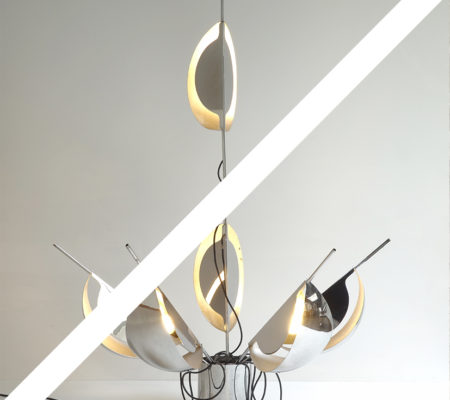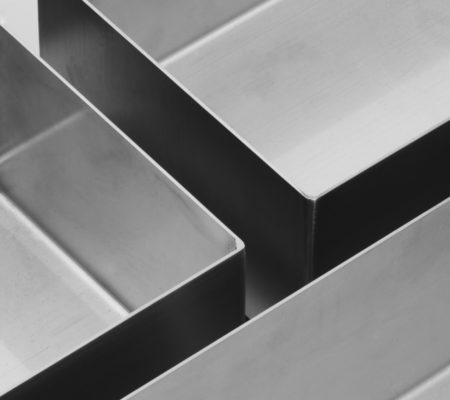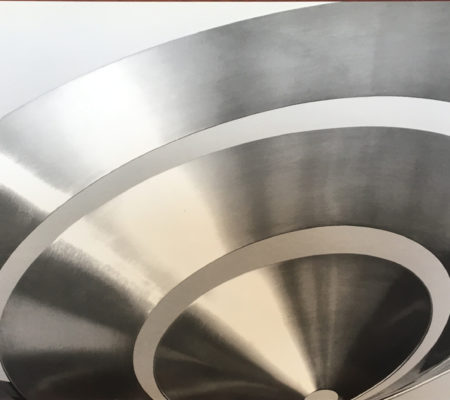Accueil > Createurs > Maria Pergay
Maria Pergay
In 1937, Maria Pergay fled her native Moldavia for Paris. In 1947, she enrolled at the IDHEC (Institut Des Hautes Etudes Cinématographiques) while attending Zadkine’s studio.
In the mid-50s, after her marriage to Marc Pergay, one of her friends offered her the opportunity to create decorative objects for the windows of the Durer shoe store. She placed large wrought-iron birds in the windows. The commission was a huge public and professional success: it was the start of her career. New commissions followed, with Dior, Hugonet and Hermès asking her to invest their windows with wrought-iron pieces inlaid with semi-precious stones and shells. Buoyed by her successes, in 1950 she opened a store on Place des Vosges, in the heart of the Marais district, to sell her creations alongside rich antiques and subtle pieces of Asian art. She began a unique collection of silver objects. It was then that she met Dali, with whom she worked on Le mythe du papillon et du feu, demonstrating her talent which, instead of fighting the past, brought about an alliance between the ancient and the modern. She questions ancient myths while remaining formally anchored in the present.
Keen to stay at the cutting edge of innovation, she began using stainless steel in the mid-60s. This brand-new material became his source of inspiration, describing it as “as precious as the most precious of woods”. Her first steel collection included ring chairs and wave benches. In 1968, she exhibited her work at the Maison Jardin gallery, whose director was none other than decorator Jean Dive.
Stainless steel remained her preferred material, which she continued to work with throughout the 70s, a period during which she found in Pierre Cardin the figure of a patron of the arts. From then on, she exported her creations to the USA, Morocco, Russia and Saudi Arabia. She designed the palace of the Saudi royal family, as well as numerous villas.
Maria Pergay creates furniture, objects and interiors that blend refinement, luxury and dreaminess. Stainless steel enabled her to soften the forms of furniture she found rigid, giving them the undulation of sensual curves.
Creator's artwork
-
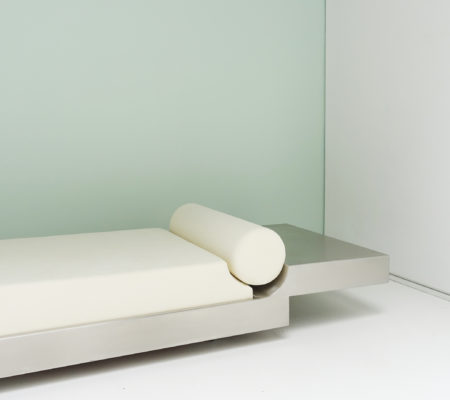 Daybed, 1968
Daybed, 1968
-
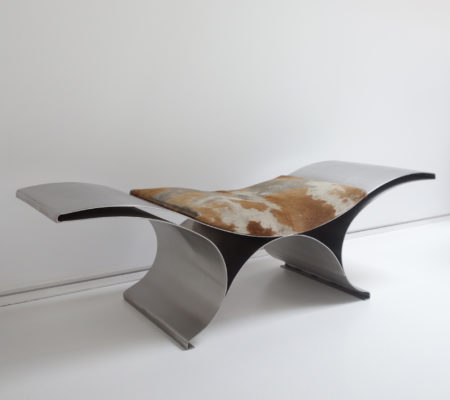 “Vague” stool, 1970
“Vague” stool, 1970
-
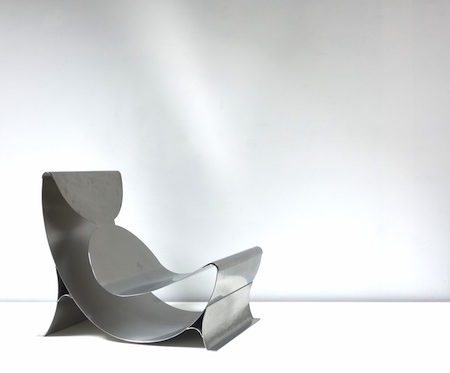 Armchair, 1967/1968
Armchair, 1967/1968
-
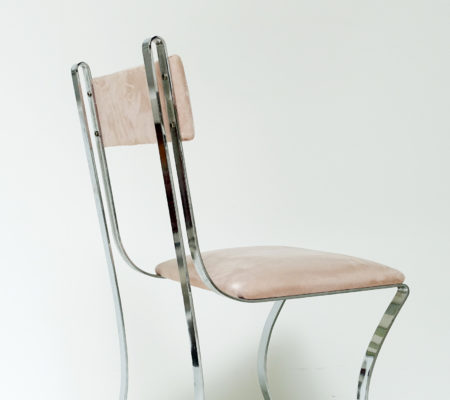 Chair, circa 1975
Chair, circa 1975
-
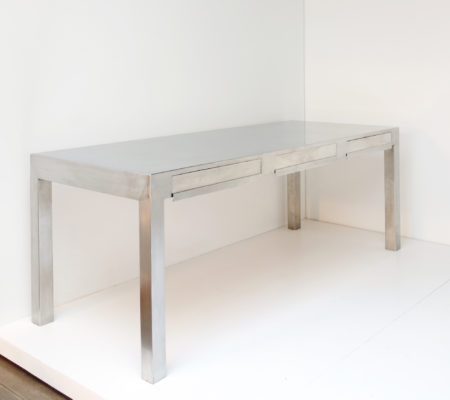 Three drawers desk, 1972
Three drawers desk, 1972
-
 Cube
Cube
-
 Planter A, 2009
Planter A, 2009
-
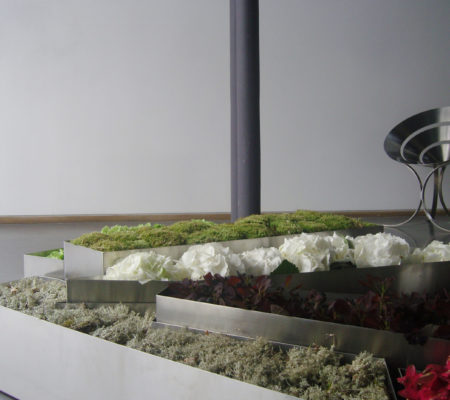 Planter B, 2009
Planter B, 2009
-
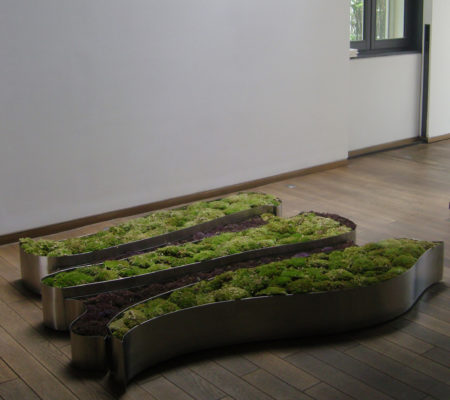 Planter C, 2009
Planter C, 2009
-
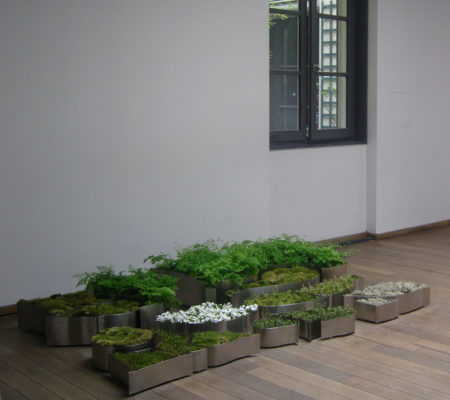 Planter D, 2009
Planter D, 2009
-
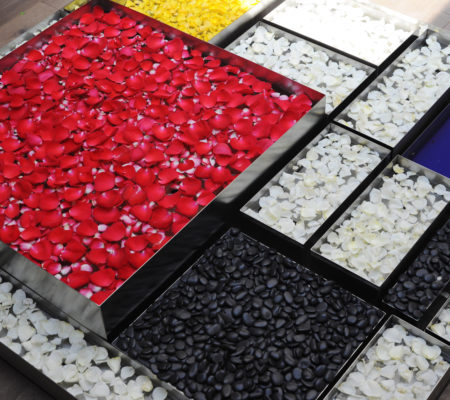 Planter E, 2009
Planter E, 2009
Creator's exhibitions
 Daybed, 1968
Daybed, 1968
 “Vague” stool, 1970
“Vague” stool, 1970
 Armchair, 1967/1968
Armchair, 1967/1968
 Chair, circa 1975
Chair, circa 1975
 Three drawers desk, 1972
Three drawers desk, 1972
 Cube
Cube
 Planter A, 2009
Planter A, 2009
 Planter B, 2009
Planter B, 2009
 Planter C, 2009
Planter C, 2009
 Planter D, 2009
Planter D, 2009
 Planter E, 2009
Planter E, 2009


